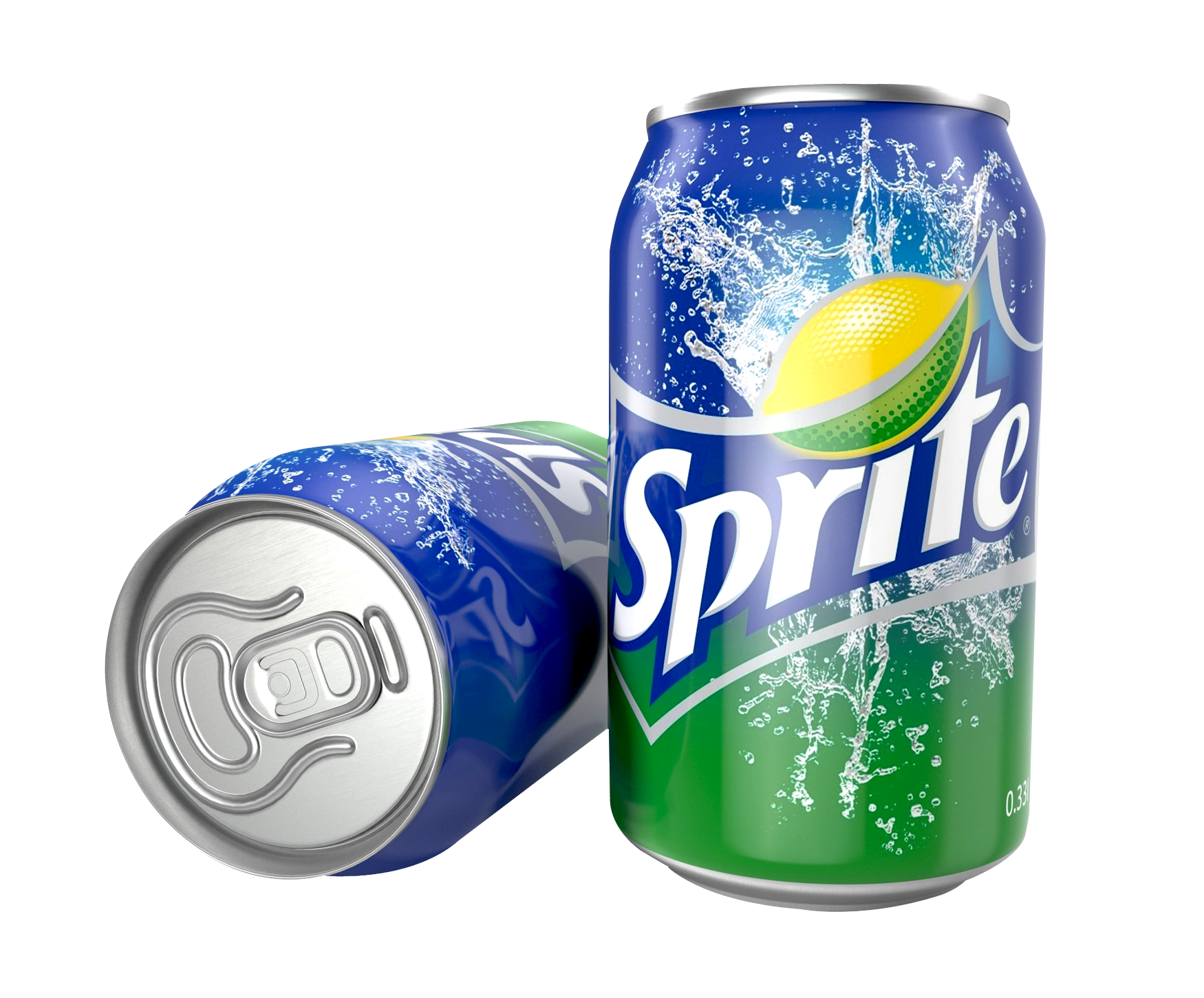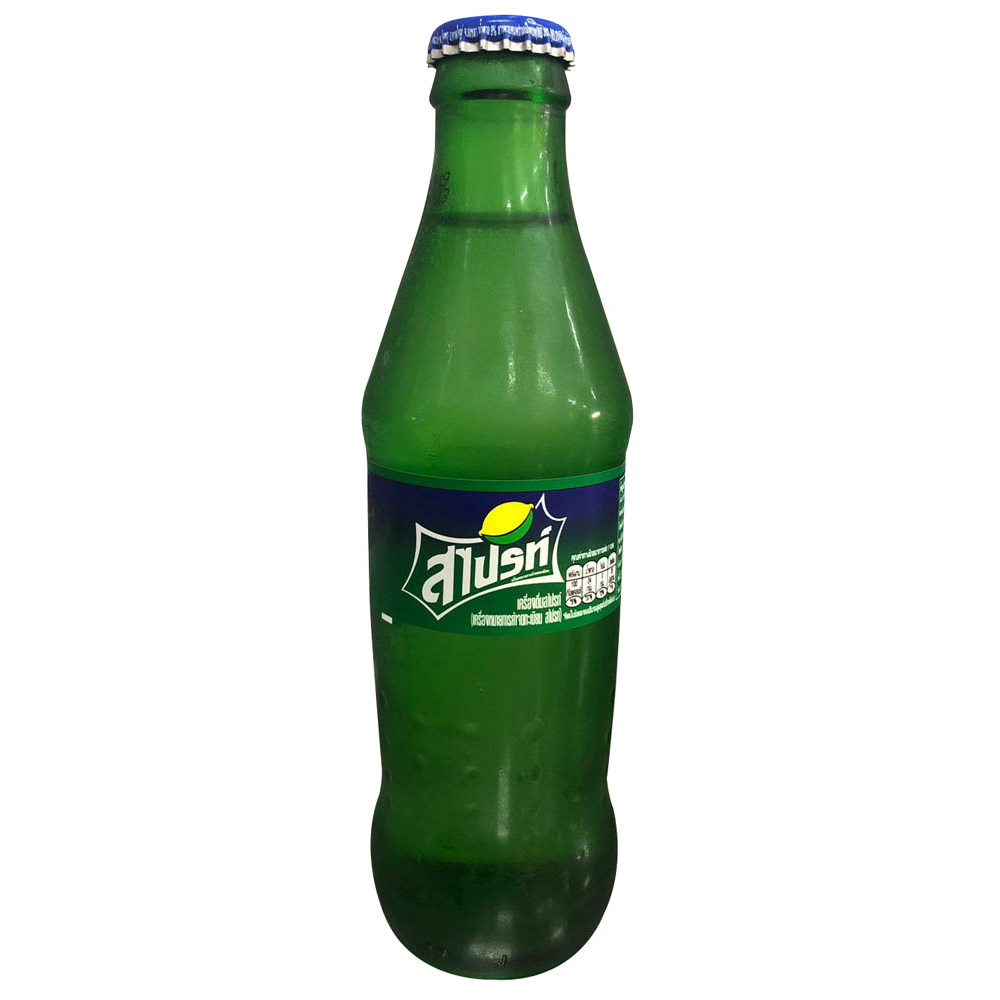Sprite contains no caffeine, but a considerable volume of sugar. Regularly consuming large quantities of sugar can cause weight gain along with other health issues.
Caffeine ingestion in moderation is generally safe, but it could cause negative side effects such as palpitations and anxiety. Individuals who wish to avoid caffeine should think about substituting water or herbal tea for caffeinated beverages.
Caffeine
Sprite is really a carbonated lemon-lime soft drink which has gained international popularity. It is renowned for its clear, sharp flavor and invigorating froth. It includes a higher concentration of sugar and artificial sweeteners but no caffeine. Sprite ought to be consumed in moderation within a balanced diet.
Numerous individuals inquire whether Sprite contains caffeine; the solution is not any. However, does sprite have caffine contains significant degrees of sugar and sodium. A lot of the 140 calories and 38 grams of carbohydrates in a 12-ounce can of Sprite result from sugar. A higher sugar intake can cause a variety of health issues, including weight gain and dental decay. Additionally, it may lead to a growth in blood sugar and feelings of agitation and anxiety.
Caffeine is really a naturally occurring stimulant present in coffee, tea, energy beverages, and certain liquids. It functions by inhibiting the neurotransmitter adenosine, which promotes drowsiness. Although moderate caffeine consumption is generally considered safe for most individuals, excessive caffeine consumption can have unwanted effects on health. Caffeine can cause a rise in pulse rate, migraines, and sleep disturbances.
Sprite contains citric acid, high fructose corn syrup, natural flavors, and sodium benzoate (to preserve taste) but none of the top eight allergens. Sprite Zero and Sprite Caffeine-Free are alternatives to conventional beverage that do not contain caffeine.
Sugar

Sprite, in contrast to coffee, is composed of carbonated water, high fructose corn syrup, citric acid, natural lemon and lime flavors, sodium citrate, and sodium benzoate (to preserve flavor). These constituents are without caffeine. However, the beverage contains additional stimulants such as for example artificial sweeteners, which may contain trace levels of caffeine. Consider choosing the different form of lemon-lime soda, as well as zero-sugar or caffeinated variants, if you wish to avoid caffeine.

does sprite have caffeine in it is essential to consume all beverages in moderation, whether or not you like a can of Sprite or another variety of lemon-lime soda. Consuming excessive amounts of carbonated beverages can lead to obesity and other health issues, including diabetes. In addition, excessive sugar consumption can impair mental and physical performance.
Caffeine is really a naturally occurring stimulant within coffee, tea, soda, and energy drinks. It can provide a temporary energy increase, but it can also cause undesireable effects such as agitation, irritability, and difficulty sleeping. People that have sensitive stomachs may have difficulty tolerating large degrees of caffeine; therefore, they should limit their intake or choose alternatives.
Sprite contains none of the eight most typical allergens, including milk, eggs, fish, crustacean shellfish, peanuts, wheat, tree nuts, and soybeans. Nonetheless, it is conceivable that the beverage was produced in a facility that also processes ingredients containing these allergens.
Calories
In 1961, Sprite, a carbonated soft drink, was introduced. Its lemon-lime flavor has made it a ubiquitous beverage around the world. Sprite includes a significant level of sugar and sodium, but no caffeine. Both these constituents, when ingested excessively, pose health risks.
Caffeine is really a naturally occurring stimulant that may heighten awareness and increase energy. However, it could cause undesirable adverse effects in some individuals, such as nervousness and anxiety. Caffeine-containing beverages should be avoided in case you are sensitive to it or have other reasons to avoid it.
Fortunately that neither the initial Sprite nor the caffeine-free variant contain caffeine. This makes them a fantastic choice for individuals who want a revitalizing beverage without the stimulating ramifications of caffeine. Both versions of the beverage contain sugar and really should be ingested in moderation as part of a healthy diet.
Carbonated water, high fructose corn syrup, citric acid, and natural flavors are the the different parts of Sprite. Additionally, sodium citrate and sodium benzoate are added to preserve the soda's flavor. The sugar content of the beverage can result in weight gain and dental decay, so it is essential to limit your consumption of this substance. Sprite is also produced in facilities that process other foods, so there is a risk of allergen cross-contamination.
Alternatives
Other saccharine beverages and stimulant drinks, but not Sprite, contain caffeine. As well as providing does sprite have caffeine in it -term energy increase, caffeine could cause migraines, irritability, and concentration difficulties. It is vital to ingest coffee, tea, and other caffeinated beverages in moderation because of this.
Try seltzer water, club soda, unsweetened tea, or low-sugar fruit juice if you are looking for a healthful alternative to Sprite. These alternatives are healthier for your teeth and can assist in hydration. Additionally, does sprite have caffine contain more nutrients than Sprite and will not hinder your capability to sleep well.
Sprite's excessive added sugar content is another drawback of its consumption. An excessive amount of sugar consumption can lead to obesity and chronic diseases such as diabetes and heart disease. Furthermore, the added sugar in Sprite can displace nutrient-rich foods and beverages.
Although Sprite does not contain caffeine, it can contain several stimulant-like ingredients, including carbonated water, high fructose corn syrup, citric acid, and natural flavoring. In addition, it includes a minor dose of the preservative sodium benzoate. In addition, Sprite contains trace amounts of calcium disodium EDTA and brominated vegetable oil, which may have a stimulating effect on some individuals.
